China has just released data showing that its Purchasing Managers' Index (PMI) only reached 49.5 points in May. This index is slightly up from 49 points in April, but is still below 50 - indicating that manufacturing activity is shrinking.
The new orders index rose to 49.8 in May, from 49.2 in April. The new export orders index also improved, rising to 47.5 from 44.7. The non-manufacturing PMI, which includes services and construction, fell slightly to 50.3 from 50.4, but remained above the 50 threshold.
Zhao Qinghe, a senior expert at the National Bureau of Statistics (NBS), said some companies with business dealings with the US reported a faster recovery in export orders, while overall import and export conditions also showed signs of improvement.
Under the US-China deal reached earlier this month, US tariffs on Chinese goods will be reduced from 145% to 30% within 90 days, a period that is expected to give negotiators from both sides time to reach a more durable agreement. For its part, China has also reduced tariffs on US goods from 125% to 10%.
However, the remaining tariffs remain significantly higher than they were before Trump took office. In addition, the tariff reduction agreement is only temporary, causing businesses and investors to question the sustainability of this "truce agreement".
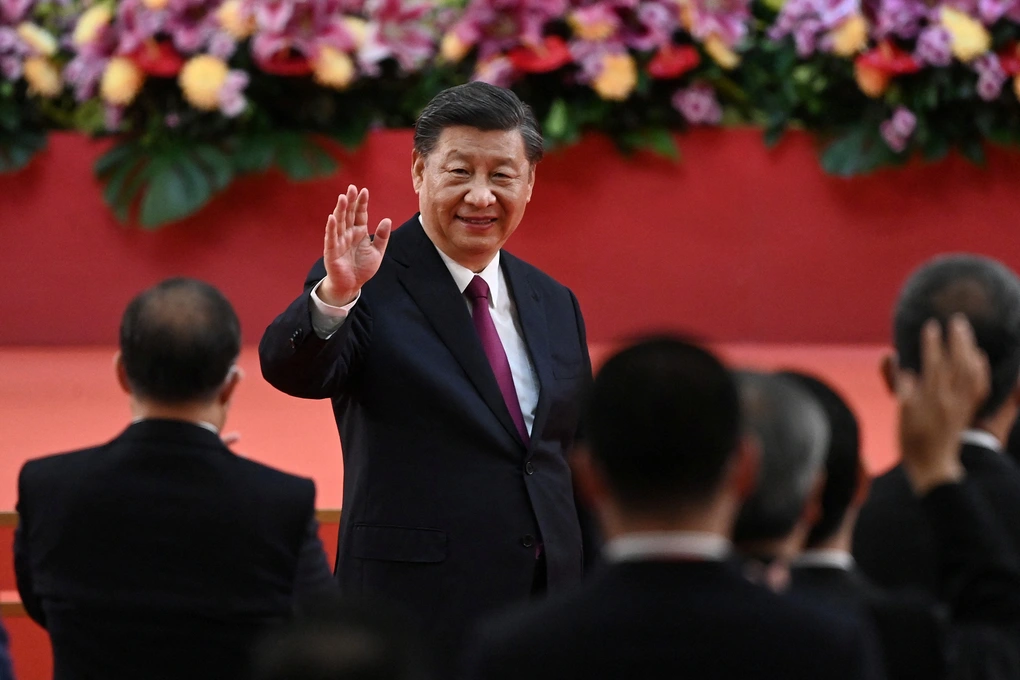
Chinese President Xi Jinping (Photo: Reuters).
US Treasury Secretary Scott Bessent said on May 29 that trade negotiations between the US and China have recently stalled.
“Businesses involved in international trade in both countries are operating in a prolonged environment of uncertainty. This will negatively affect the growth prospects of both sides,” Zhang Zhiwei, chief economist at financial firm Pinpoint Asset Management, said in the report.
Analysts expect Beijing to roll out more monetary and fiscal stimulus in the coming months to support growth and shield the economy from the impact of import tariffs.
The People's Bank of China (PBOC) has also announced a number of easing measures, such as cutting interest rates and injecting large-scale liquidity into the banking system.
Moody's Investors Service recently announced that it was maintaining its negative outlook on China's credit rating, citing concerns that tensions with major trading partners could have a lasting impact on the country's credit.
Still, Moody's noted that Chinese government policies have addressed some earlier concerns about the health of state-owned enterprises and local government debt.
China’s economy also grew faster than expected in the first quarter, at 5.4%. The government is confident of hitting its GDP growth target of around 5% this year, despite analysts’ concerns that US tariffs could drag down growth.
Source: https://dantri.com.vn/kinh-doanh/bac-kinh-dang-dan-tham-don-thue-quan-20250602165537122.htm










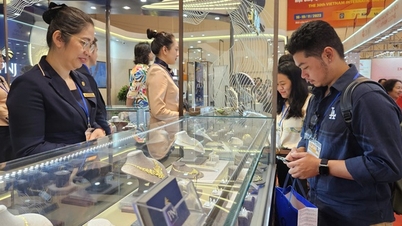


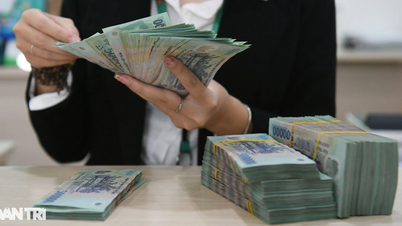
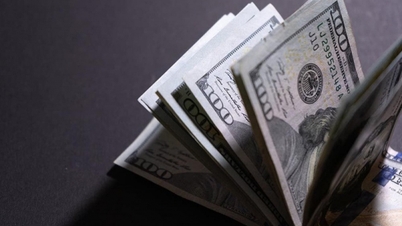

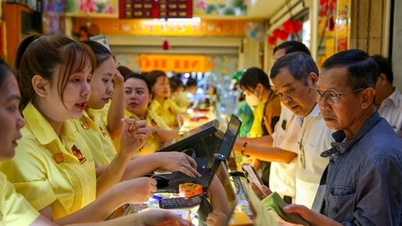















































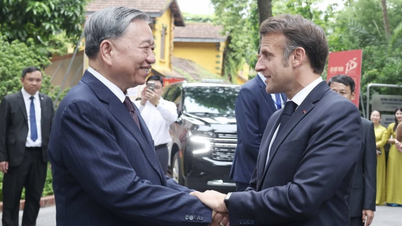

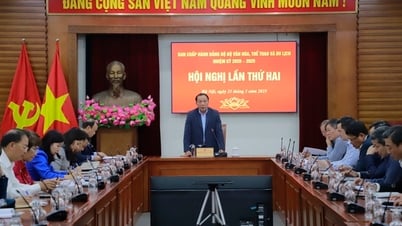


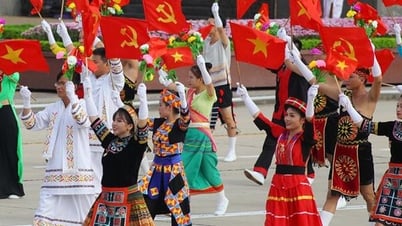
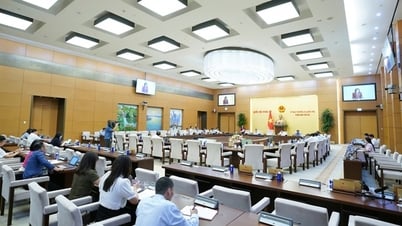
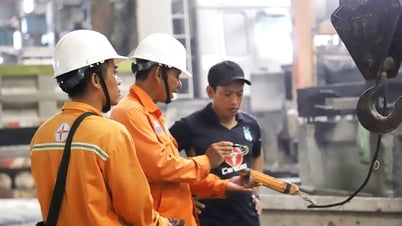


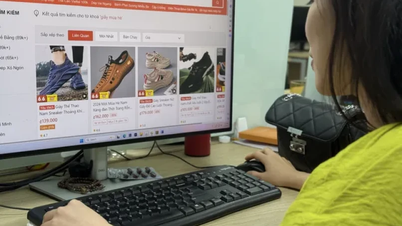

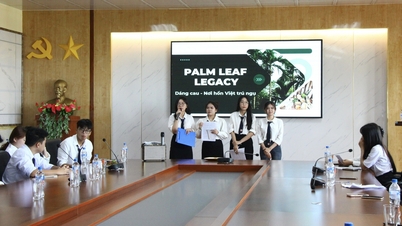


















Comment (0)